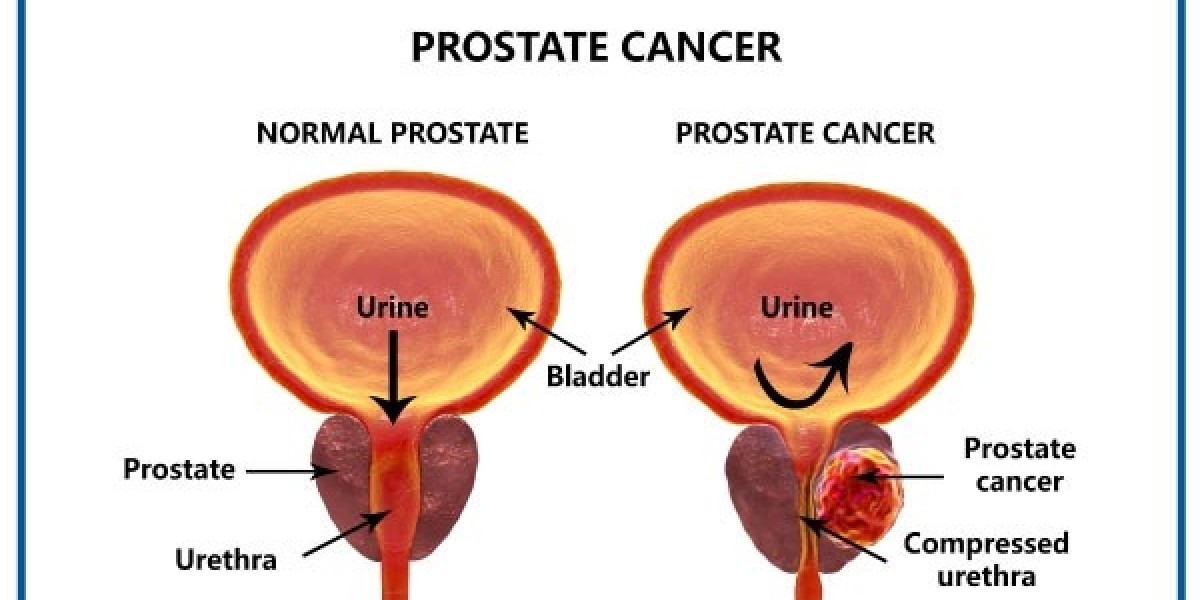Maintaining prostate health is crucial for men's overall well-being, especially as they age. While various factors influence prostate health, including diet, lifestyle, and genetics, regular exercise is increasingly recognized as a key component in promoting prostate health and reducing the risk of prostate-related issues. In this blog, we'll explore the relationship between exercise and prostate health and discuss specific exercises that may help support prostate function and reduce the risk of prostate enlargement (benign prostatic hyperplasia, or BPH).
Understanding Prostate Health:
The prostate gland is a small, walnut-sized organ located below the bladder and in front of the rectum. It plays a vital role in male reproductive health by producing fluid that nourishes and transports sperm. As men age, the prostate gland may enlarge, leading to symptoms such as frequent urination, urinary urgency, weak urine flow, and incomplete bladder emptying, characteristic of BPH.
Exercise and Prostate Health:
Regular physical activity has been shown to offer numerous benefits for prostate health:
Improving Blood Circulation: Exercise promotes healthy blood flow throughout the body, including the prostate gland. Improved circulation helps deliver essential nutrients and oxygen to the prostate, supporting its function and overall health.
Reducing Inflammation: Chronic inflammation has been linked to various prostate conditions, including BPH and prostate cancer. Exercise has anti-inflammatory effects, which may help reduce inflammation in the prostate gland and lower the risk of prostate-related issues.
Balancing Hormones: Hormonal imbalances, particularly elevated levels of dihydrotestosterone (DHT), can contribute to prostate enlargement and BPH. Exercise helps regulate hormone levels, including testosterone and DHT, promoting hormonal balance and supporting prostate health.
Strengthening Muscles: Strengthening the pelvic floor muscles and core muscles through regular exercise can help improve bladder control and reduce urinary symptoms associated with BPH, such as urinary urgency and leakage.
Promoting Weight Management: Obesity and excess body fat have been associated with an increased risk of BPH and prostate cancer. Exercise helps maintain a healthy weight and body composition, reducing the risk of prostate-related issues.
Exercises for Prostate Health:
While any form of physical activity can benefit prostate health, certain exercises may be particularly beneficial:
Aerobic Exercise: Activities such as walking, jogging, cycling, swimming, and dancing improve cardiovascular health, promote circulation, and support overall well-being, including prostate health.
Strength Training: Resistance exercises using weights, resistance bands, or bodyweight exercises help build muscle strength and improve pelvic floor muscle function, which can help alleviate urinary symptoms associated with BPH.
Yoga and Tai Chi: Gentle forms of exercise like yoga and Tai Chi promote flexibility, balance, and relaxation, while also supporting prostate health through stress reduction and improved circulation.
Kegel Exercises: Kegel exercises involve contracting and relaxing the pelvic floor muscles, which can help improve bladder control and alleviate urinary symptoms associated with BPH.
Core Strengthening: Exercises that target the core muscles, such as planks, bridges, and abdominal crunches, help stabilize the pelvis and support overall pelvic health, including prostate function.
Incorporating Exercise into Daily Life:
To reap the benefits of exercise for prostate health, aim for at least 150 minutes of moderate-intensity aerobic activity or 75 minutes of vigorous-intensity aerobic activity each week, along with two or more days of strength training exercises targeting major muscle groups. Additionally, incorporating flexibility and balance exercises, as well as stress-reducing activities like meditation or deep breathing, can further support prostate health and overall well-being.
Conclusion:
Regular exercise is a cornerstone of prostate health, offering numerous benefits for men of all ages. By incorporating a variety of aerobic, strength training, and flexibility exercises into your routine, you can promote circulation, reduce inflammation, balance hormones, strengthen muscles, and support overall prostate function. Remember to consult with a healthcare professional before starting any new exercise regimen, especially if you have existing health conditions or concerns. With dedication and consistency, exercise can become a powerful tool in nurturing prostate health and enhancing overall quality of life.
Also, read: Best Cancer Treatment in Hyderabad







